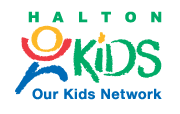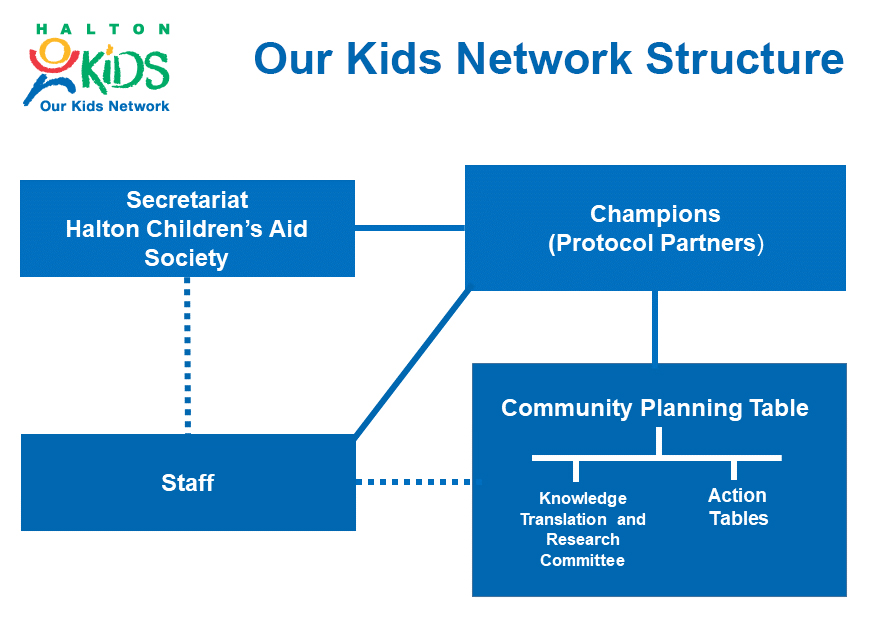Youth Wellbeing and Access to Recreation
Breaking Down Barriers, Fostering Social Connectedness, so all Youth can Thrive
Are recreation and leisure opportunities accessible to all children and youth in Halton?

Findings reflect the responses of 1915 youth in the 13 to 18 age range.



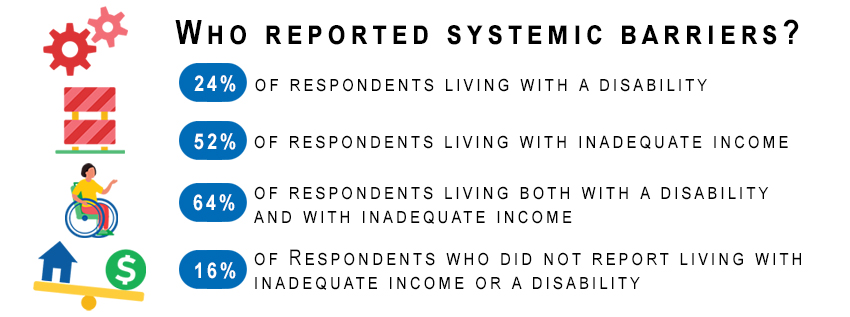
Recreation and Access: the numbers
The 40% of youth who did not have recreation opportunities available to them were more likely to report lower levels of wellbeing* than their peers who had recreation opportunities available to them.
high availability of leisure
and recreation opportunities.

with the quality of recreation
and culture facilities.

Percentage of youth reporting high availability of
recreation opportunities by municipality
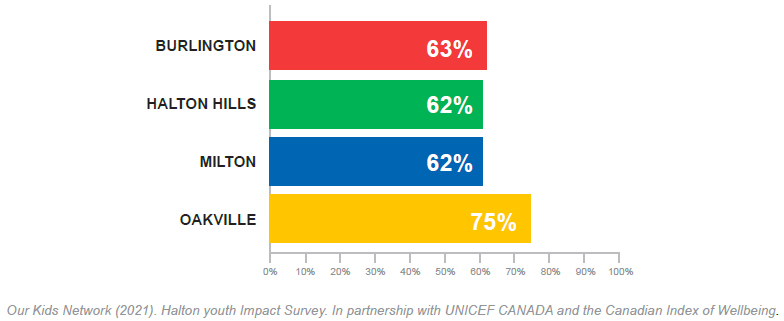
Barriers to Recreation
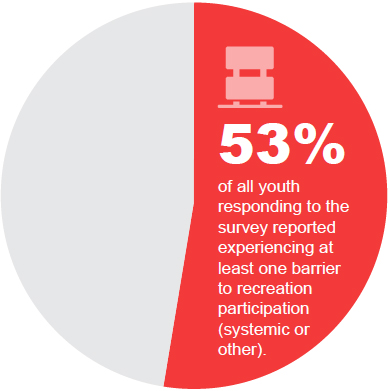
Barriers to Recreation

Systemic Barriers

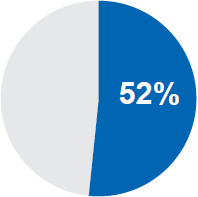
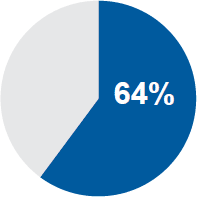

Limitations
- This bulletin covers only responses of youth in the 13-18 age range.
- Open invitation sampling strategy (non-probabilistic).
- Sample is not necessarily representative of all children and youth living in Halton.
- It is not possible to determine a response rate.
- However, considering the geographic coverage and the size of the final sample, it’s fair to assume that we have a reasonably good cross-section of children and youth living in Halton.
- A higher degree of diversity within this sample calls for caution when interpreting overall ratios. For more details on the composition of the sample see the sociodemographic table.
- The data are meant to provide a snapshot of youth wellbeing during COVID, and caution should be used when comparing across time.
- While each indicator is important, using multiple indicators as evidence of strengths and needs provides a more comprehensive representation.
- This is a self-report survey and several types of response bias have been identified related to self-report surveys. Use caution when interpreting the findings.
